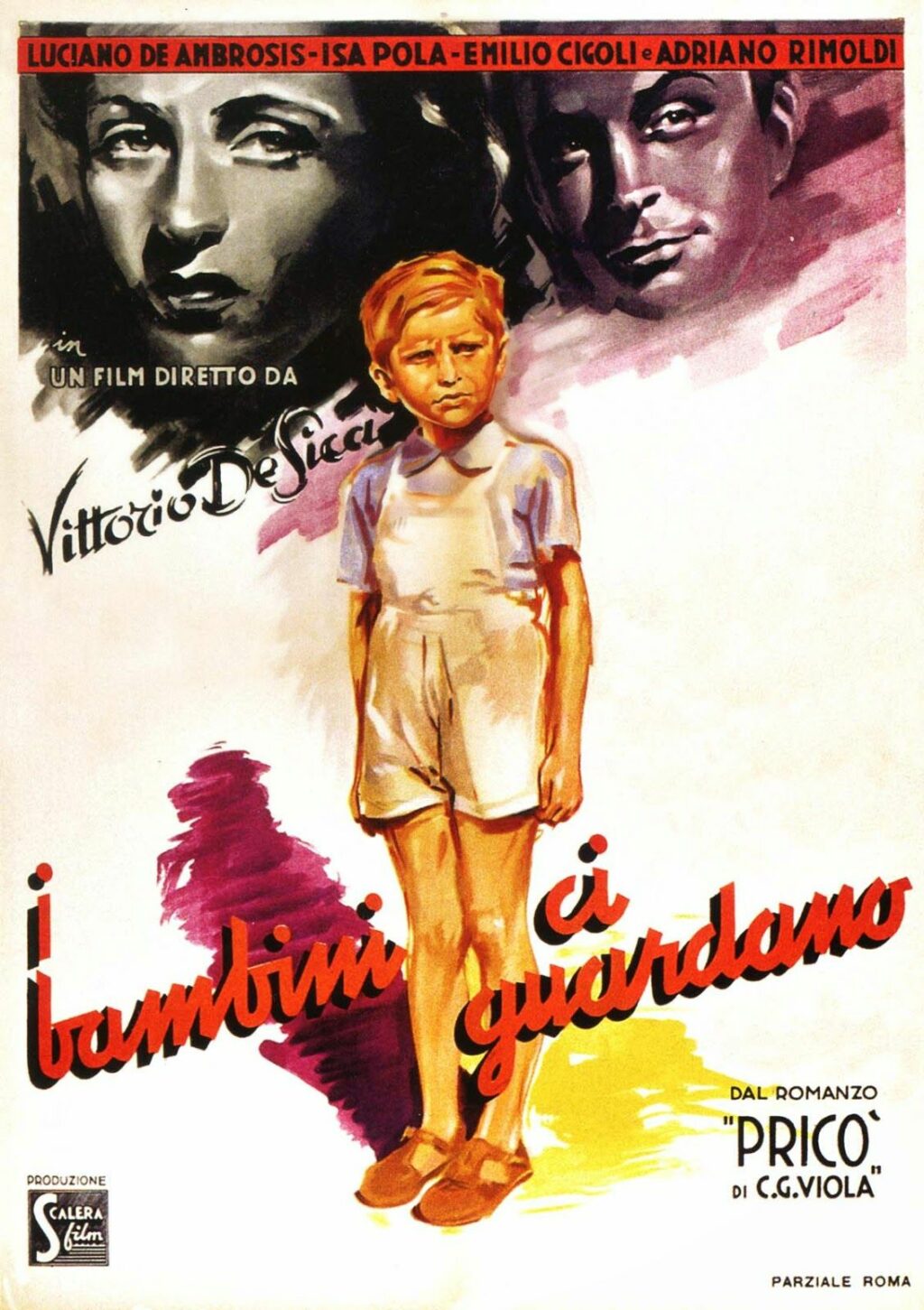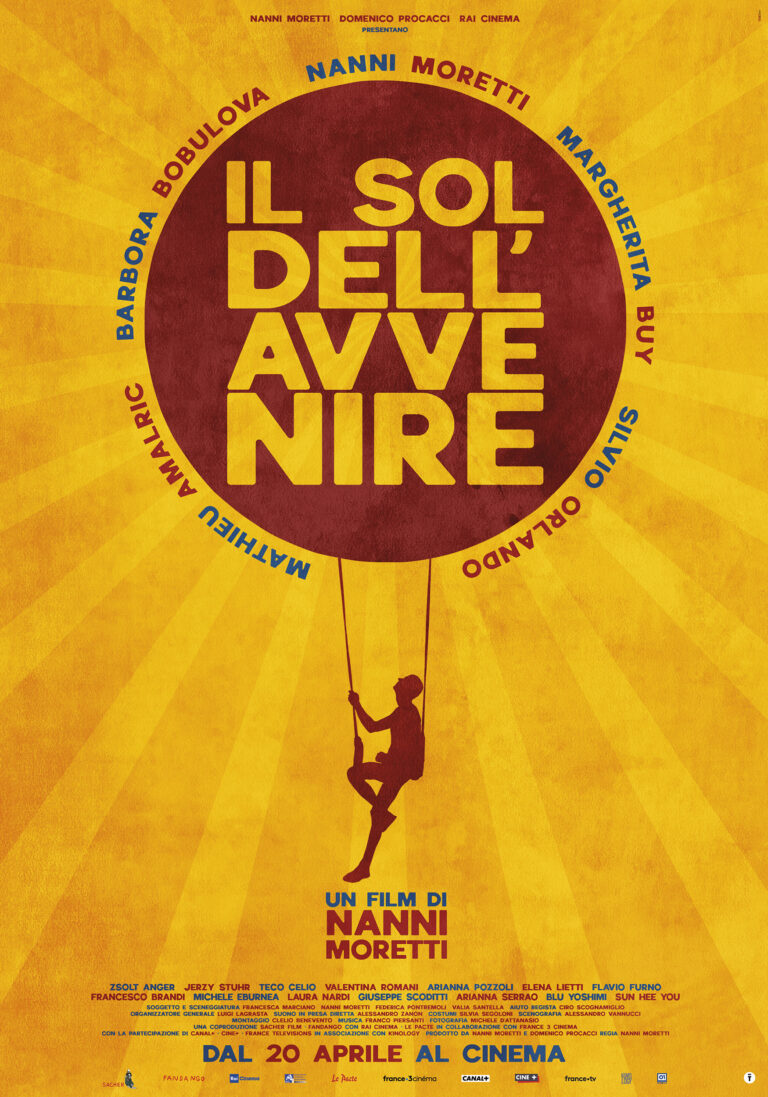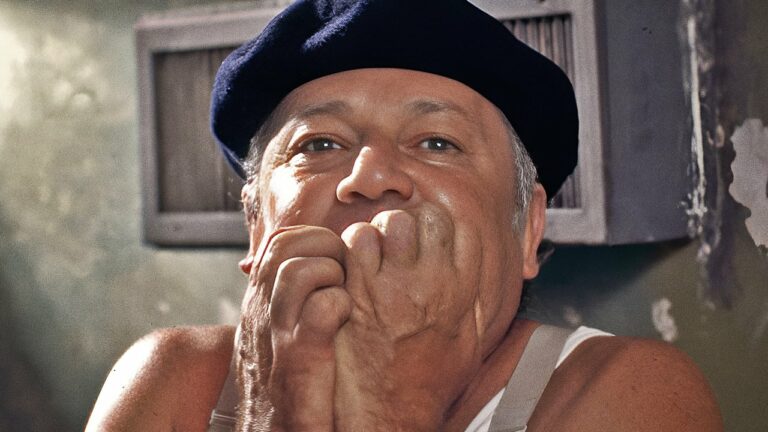
Introduction
I Bambini ci Guardano (The Children Are Watching Us), released in 1944, is a landmark Italian film directed by Vittorio De Sica, one of the pioneers of Italian neorealism. The movie explores themes of family, love, betrayal, and societal expectations through the innocent eyes of a young boy named Pricò.
This deeply emotional drama captures the turmoil of a disintegrating family, revealing how adult actions profoundly affect children. With its subtle storytelling and poignant visuals, I Bambini ci Guardano laid the groundwork for De Sica’s later masterpieces, such as Bicycle Thieves and Umberto D.
Plot Summary
The film follows the tragic story of Pricò (Luciano De Ambrosis), a sensitive and perceptive child caught in the emotional crossfire of his parents’ troubled marriage.
Key Plot Points:
- Family Struggles: Pricò’s mother, Nina (Isa Pola), becomes dissatisfied with her marriage to Andrea (Emilio Cigoli) and begins an affair with a lover, Roberto.
- Betrayal and Abandonment: Nina leaves her family, causing Pricò and his father deep emotional pain.
- A Father’s Attempt at Stability: Andrea tries to maintain a sense of normalcy for Pricò, but societal pressures and personal heartbreak weigh heavily on him.
- Nina’s Return: Nina briefly comes back, but tensions remain unresolved.
- Tragic Conclusion: The story ends with a devastating loss that forces Pricò to confront the harsh realities of adulthood far too soon.
Themes Explored in the Film
1. The Impact of Adult Actions on Children
Through Pricò’s innocent perspective, the film highlights how parental conflict and betrayal can shatter a child’s sense of security.
2. Innocence vs. Corruption
Pricò symbolizes purity and vulnerability, contrasted with the flawed, selfish behaviors of the adults around him.
3. Family and Social Expectations
The film critiques societal norms that prioritize appearances over emotional well-being, particularly in post-war Italy.
4. Isolation and Loneliness
Both Pricò and Andrea experience profound loneliness, underscoring the emotional fallout of familial disintegration.
Vittorio De Sica’s Direction: A Pioneering Vision
De Sica’s direction in I Bambini ci Guardano marked a departure from the escapist cinema prevalent during the fascist regime in Italy. His commitment to portraying the struggles of ordinary people with authenticity set the stage for the Italian neorealist movement.
Key Directorial Techniques:
- Child’s Perspective: The film frequently adopts Pricò’s point of view, emphasizing his confusion and heartbreak.
- Emotional Realism: De Sica avoids melodrama, instead opting for subtle, authentic portrayals of emotional pain.
- Symbolic Imagery: Visual motifs, such as empty playgrounds and silent dinner tables, reflect Pricò’s growing sense of abandonment.
Performances: Authentic and Heartbreaking
1. Luciano De Ambrosis as Pricò
Luciano De Ambrosis delivers a remarkably natural and poignant performance, capturing Pricò’s innocence, confusion, and heartbreak with authenticity.
2. Isa Pola as Nina
Pola portrays Nina with complexity, balancing her character’s selfishness with moments of genuine remorse.
3. Emilio Cigoli as Andrea
Cigoli’s portrayal of Andrea is deeply sympathetic, depicting a man torn between societal expectations and personal despair.
Cinematic Techniques and Artistic Elements
- Minimalist Aesthetic: The film’s understated production design enhances its emotional realism.
- Use of Silence: Moments of silence are used effectively to convey tension and emotional distance.
- Location Shooting: The use of real locations adds authenticity to the narrative.
Critical Reception and Legacy
Upon its release, I Bambini ci Guardano was praised for its emotional depth and social commentary. Over time, it has been recognized as a foundational work in Italian cinema and a precursor to the neorealist movement.
Awards and Recognition:
- Cultural Milestone: Considered one of the earliest examples of neorealism.
- Influence on Future Filmmakers: The film inspired directors like Federico Fellini and Roberto Rossellini.
Why the Film Still Resonates:
- Timeless Themes: The exploration of family dynamics and childhood trauma remains relevant.
- Emotional Impact: The film’s honest portrayal of human relationships continues to move audiences.
- Cinematic Innovation: De Sica’s groundbreaking techniques paved the way for future masterpieces.
Behind the Scenes: Interesting Facts
- Early Neorealist Elements: Though not fully neorealist, the film features many hallmarks of the movement, such as non-glamorous settings and focus on ordinary people.
- Political Context: Released during World War II, the film subtly critiques the fascist regime’s idealized portrayal of family life.
- Luciano De Ambrosis’s Career: De Ambrosis went on to become a prominent voice actor in Italy.
FAQs About I Bambini ci Guardano
1. What is the meaning of the title I Bambini ci Guardano?
The title translates to The Children Are Watching Us and underscores the idea that children are deeply affected by the actions and decisions of adults.
2. How does the film represent Italian neorealism?
While not fully neorealist, the film incorporates elements such as social realism, focus on everyday struggles, and authentic settings.
3. What themes does the film explore?
The film delves into themes of childhood innocence, family betrayal, societal expectations, and emotional isolation.
4. How does Luciano De Ambrosis’s performance stand out?
De Ambrosis’s natural and heartfelt portrayal of Pricò captures the character’s innocence and emotional pain with remarkable authenticity.
5. Why is I Bambini ci Guardano significant in Italian cinema?
The film marked a turning point in Italian cinema, paving the way for the neorealist movement and influencing future filmmakers.
6. Where can I watch I Bambini ci Guardano today?
The film is available through specialty distributors of classic Italian cinema and select streaming platforms.
Conclusion: A Cinematic Masterpiece of Emotional Depth
I Bambini ci Guardano remains a powerful exploration of childhood innocence, family dynamics, and societal expectations. Vittorio De Sica’s visionary direction and the heartfelt performances of the cast make this film a timeless classic that continues to resonate with audiences.
Whether you’re a fan of Italian cinema or simply appreciate emotionally impactful storytelling, I Bambini ci Guardano is a must-watch for anyone seeking a profound cinematic experience.





